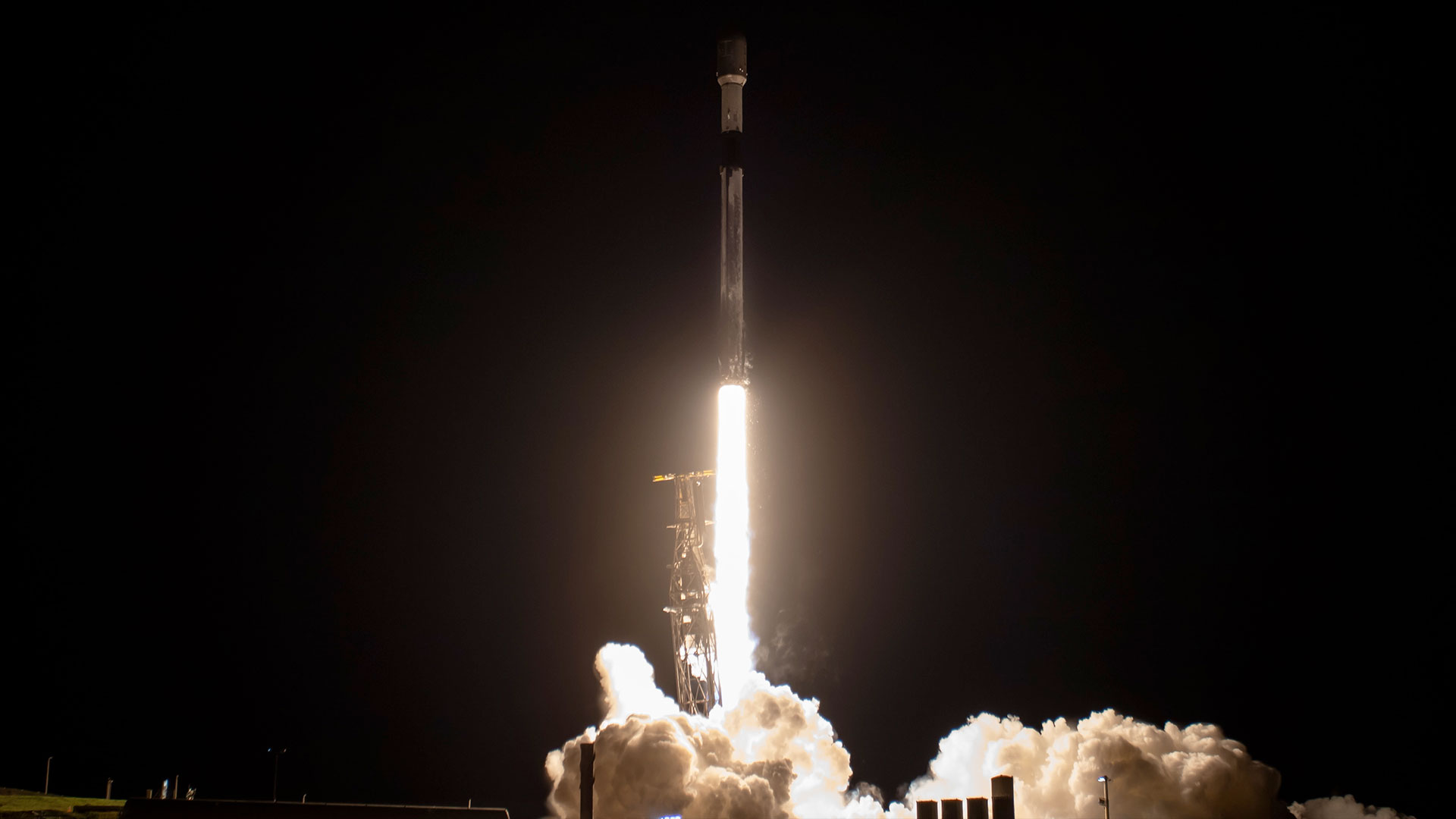The Enduring Mysteries of the Moon
The moon--linked in myth with goddesses of witchcraft and the hunt, with gods of magic and wisdom--is nearly as old as Earth itself, with enigmas of its own. As close as the moon is to Earth, we are still far from solving all its mysteries--from how the moon was born to whether life on Earth has its past and future there.
How was the moon made?
Most scientists think the moon was born from a gargantuan collision--when a young, 30-million-year-old Earth was sideswiped by an embryonic planet the size of Mars some 4.5 billion years ago, with debris from our planet and this impactor eventually coalescing into a molten, red-hot moon.
Curiously, while the latest computer models suggest most of the moon came from the impactor, lunar samples from the Apollo and other missions suggest the moon is very chemically similar to Earth's mantle.
"Perhaps that means the impactor, this embryonic planet, was similar to Earth, drawn from the same materials our planet was," said Bernard Foing, principal scientist on SMART-1, a European Space Agency satellite that orbited the moon from 2004 to 2006. Japan's lunar orbiter Kaguya, which launched Sept. 13, and India's 2008 lunar craft Chandrayaan-1 should return more details about the moon's composition, evolution and, ultimately, its mysterious origin.
Water on the moon?
The relentless bombardment of the moon by comets and water-rich asteroids over billions of years could have left water behind on the lunar surface, possibly hidden in permanent shadows in craters at the moon's poles.
Breaking space news, the latest updates on rocket launches, skywatching events and more!
In 1999, the Lunar Prospector orbiter discovered unusually high levels of hydrogen. This could be linked with water--which is, after all made from hydrogen and oxygen--"although hydrogen in the solar wind could have been trapped at the poles as well," Foing said.
Although ground-based telescopes suggest ice may not exist in thick deposits at lunar polar craters, ice could still exist in grains mixed in with the dirt. NASA's 2008 Lunar Reconnaissance Orbiter will carry along two probes that will crash onto the moon to search for water ice at its south pole.
The Lunar Cataclysm
The moon was rocked by a chain of devastating cosmic impacts known as the Lunar Cataclysm or the Late Heavy Bombardment about 4.2 billion to 3.8 billion years ago, which gouged out 50 or so giant basins still visible on the lunar surface. Astronomers suspect it occurred when the orbits of Jupiter and Saturn shifted, with the gravitational pull of these giant planets hurling more asteroids and comets around.
All the inner planets likely got hit at the same epoch as well--Foing estimated Earth suffered 25 or 30 times more impacts than the moon. Scientists aren't quite certain when the Late Heavy Bombardment occurred and how long it lasted, but it apparently took place around when life arose on Earth.
Pinning down when these impacts occurred could help shed light on whether they scoured primitive life that had just developed on Earth--or whether they planted chemical ingredients that helped life emerge. "It will be necessary to go to many impact basins on the moon to measure samples to try and figure out when they were created," Foing said.
Clues of life's origins on the moon?
Millions of tons of rocks blasted off Earth by cosmic impacts during the planet's earliest days could have landed on the moon, stones that could hold secrets concerning the origins of life -- including the remote possibility of microbial fossils.
"As much as 200 kilograms from the early Earth could have fallen on every square kilometer of the moon," Foing said. "These rocks could be a very interesting scientific goal for robot and human expeditions to dig and look for."
Future of the moon?
When it comes to the future of life, "are we able to bring Earth's life to the moon? Can we expand life outside Earth's cradle? That's a question yet to be answered," Foing told SPACE.com.
The moon holds intriguing resources in its minerals, including metals and oxygen, "but it doesn't contain much carbon," Foing said. "If you want to grow plants there, you'll need to enrich the dirt, bring in carbon, nitrogen and phosphorus."
Lunar settlers could use any water available on the moon for survival, but that water could hold billions of years worth of secrets regarding comets that collided with the moon, "so I'd rather study it than drink it," Foing said. "We could just use the hydrogen and oxygen available on the moon to produce artificial water."
- Vote for the Best Moon Image
- More Lunar News and Lore
- Moon Image Gallery

Charles Q. Choi is a contributing writer for Space.com and Live Science. He covers all things human origins and astronomy as well as physics, animals and general science topics. Charles has a Master of Arts degree from the University of Missouri-Columbia, School of Journalism and a Bachelor of Arts degree from the University of South Florida. Charles has visited every continent on Earth, drinking rancid yak butter tea in Lhasa, snorkeling with sea lions in the Galapagos and even climbing an iceberg in Antarctica. Visit him at http://www.sciwriter.us
